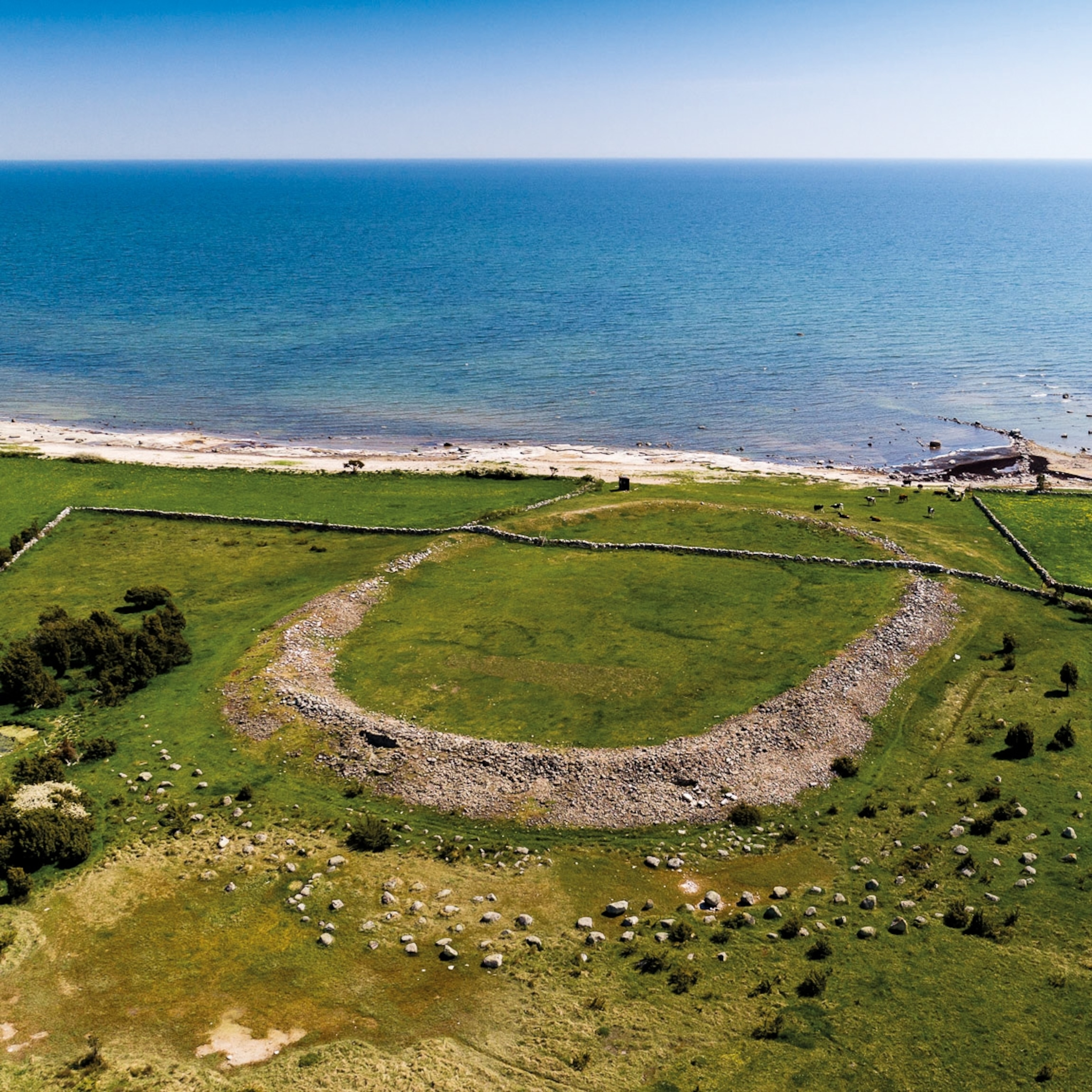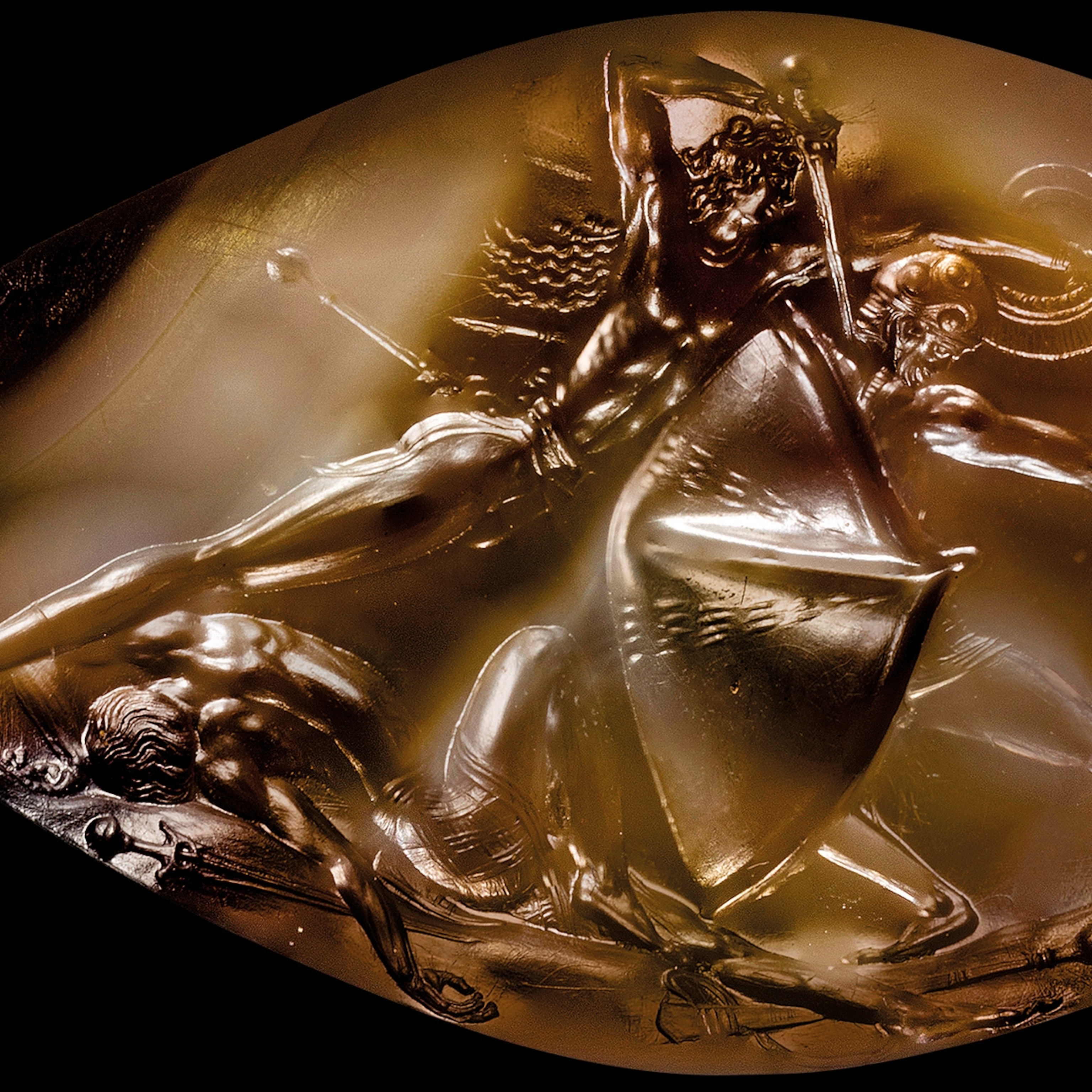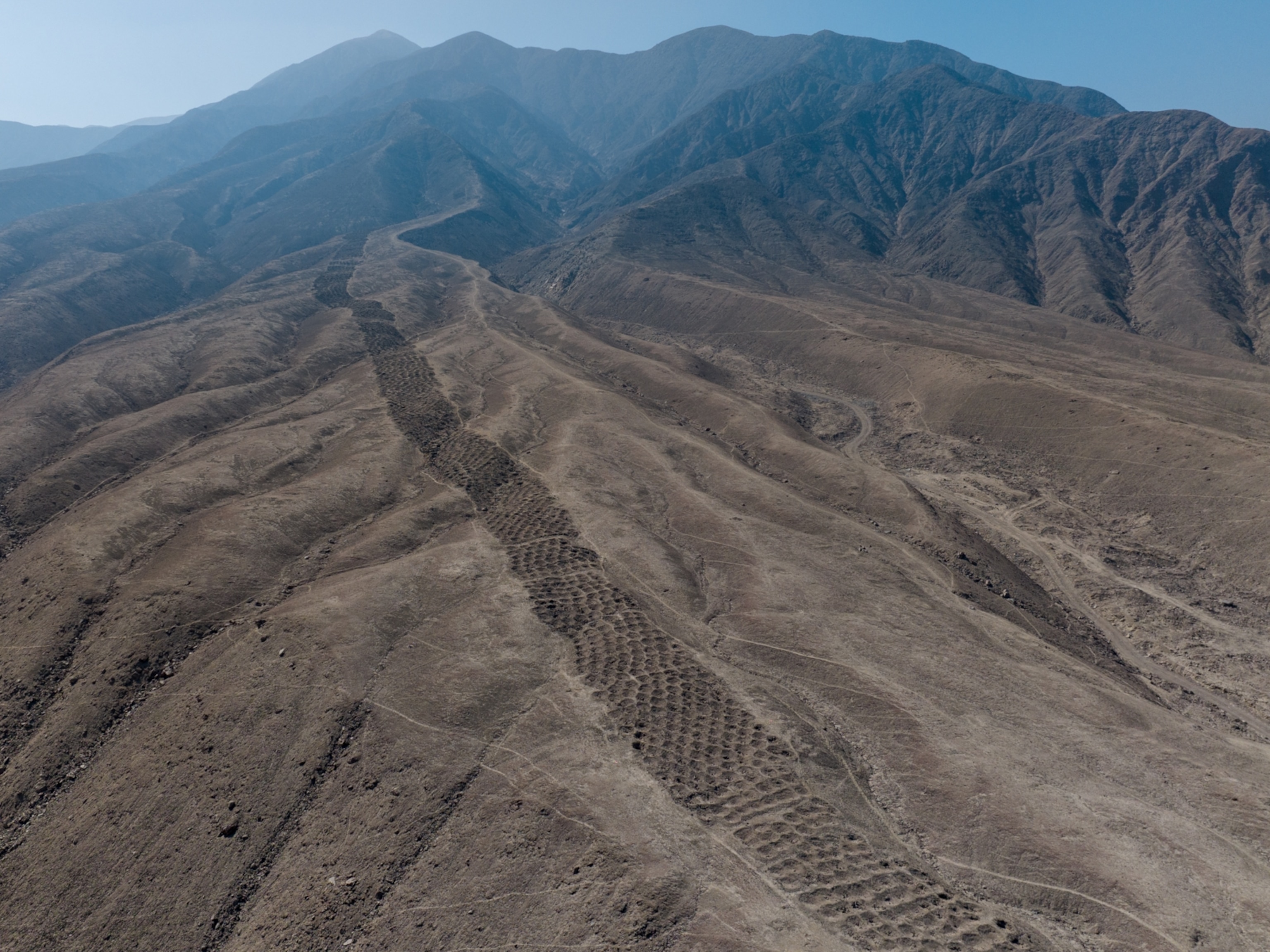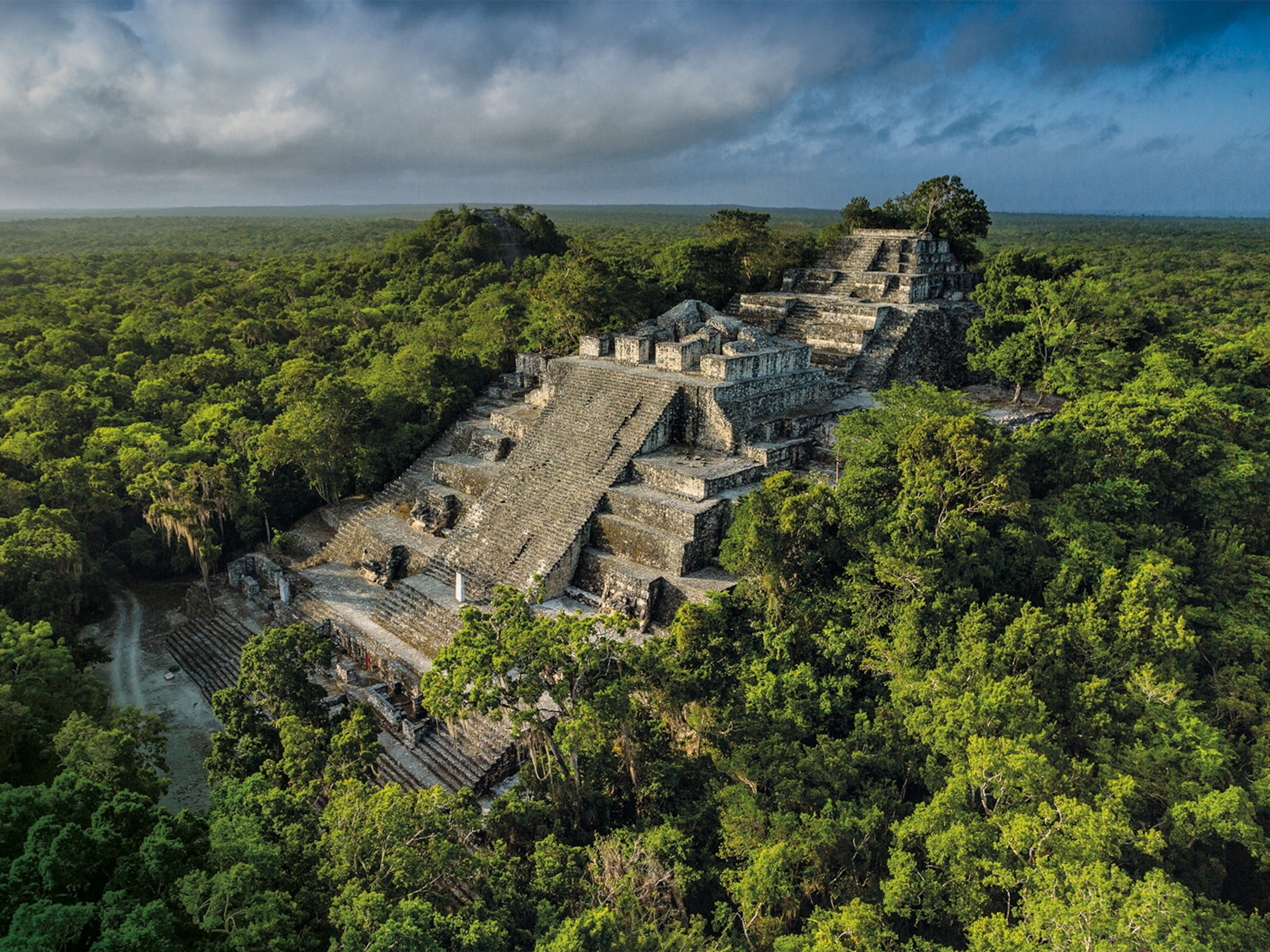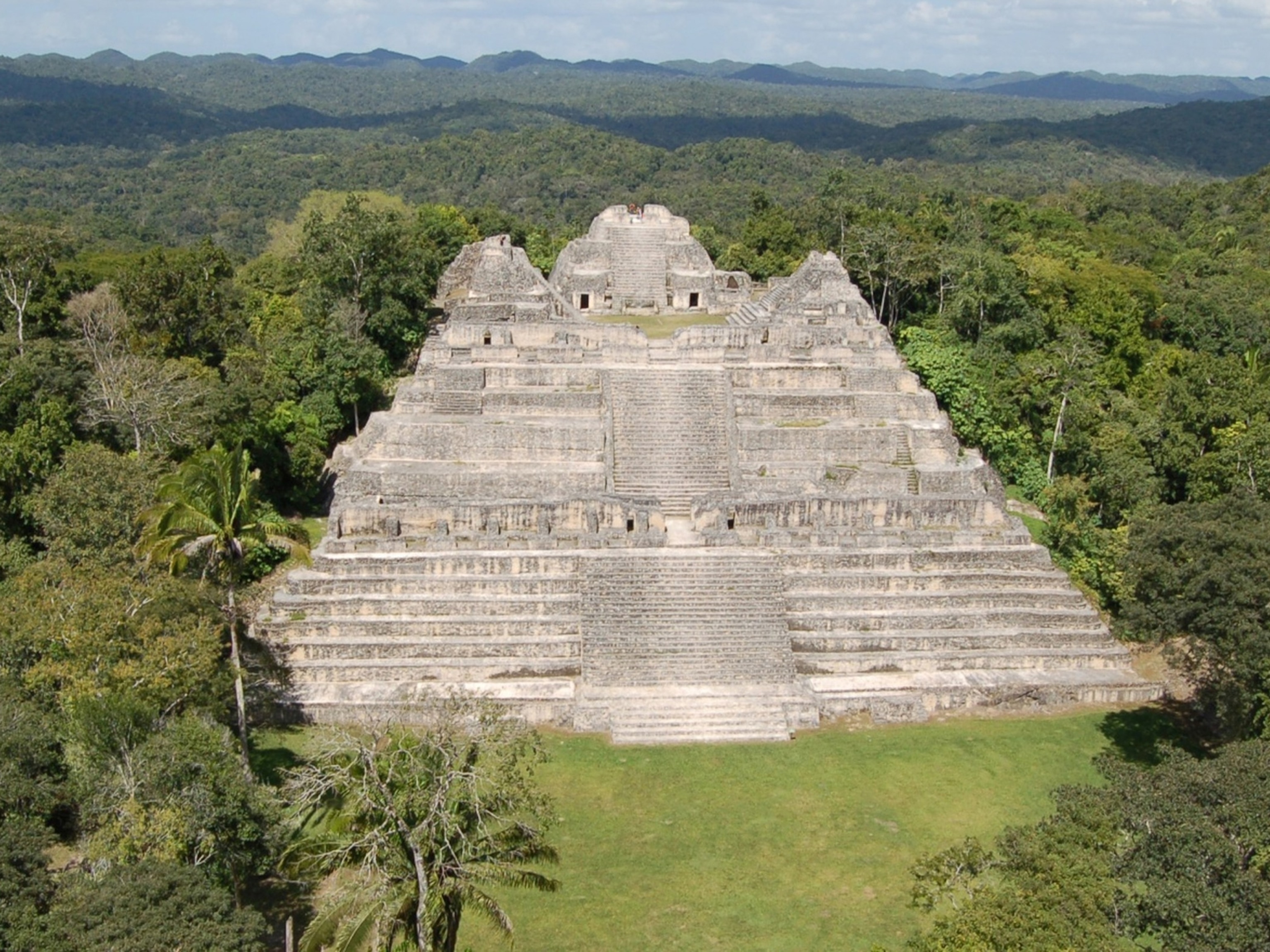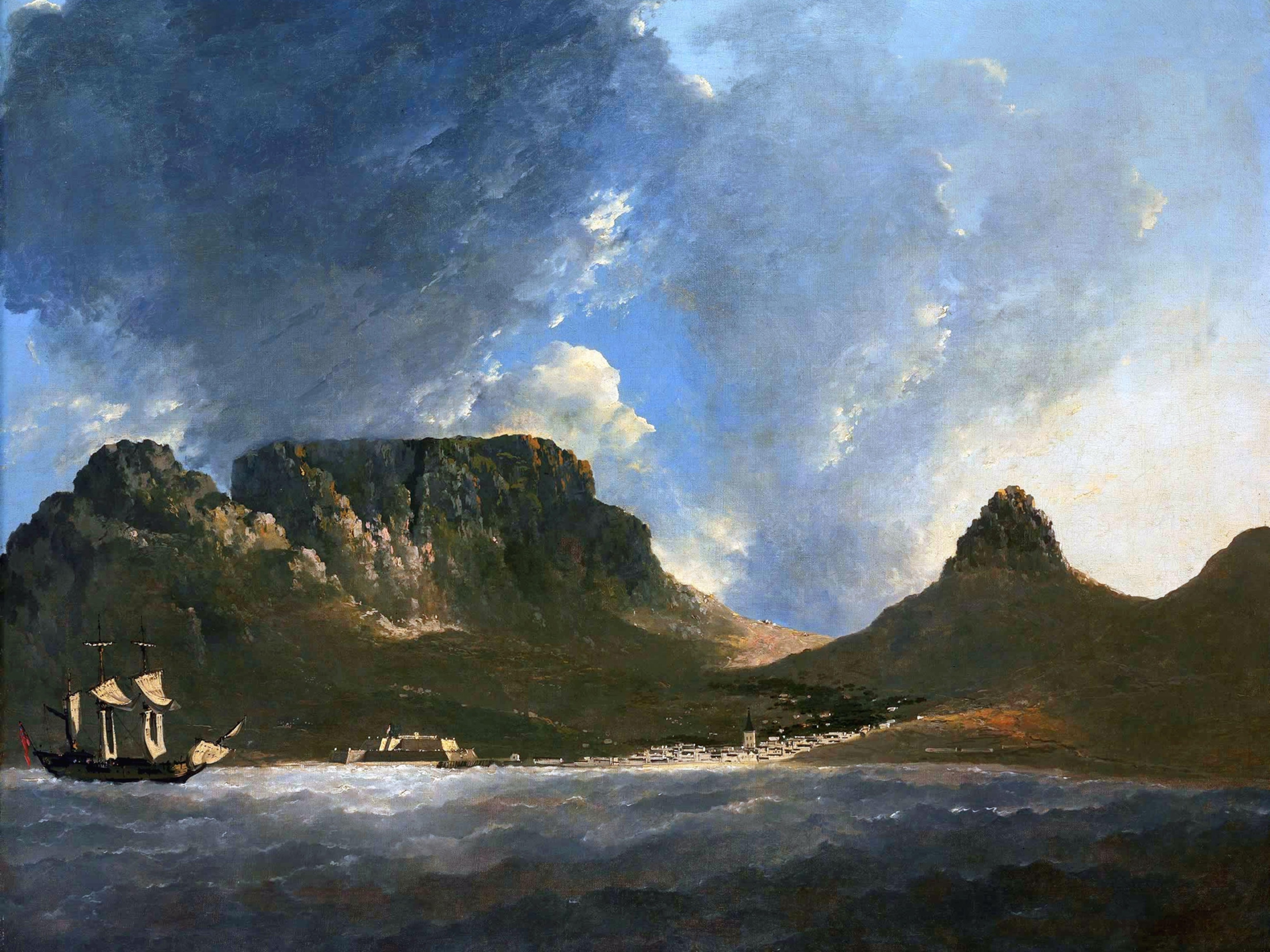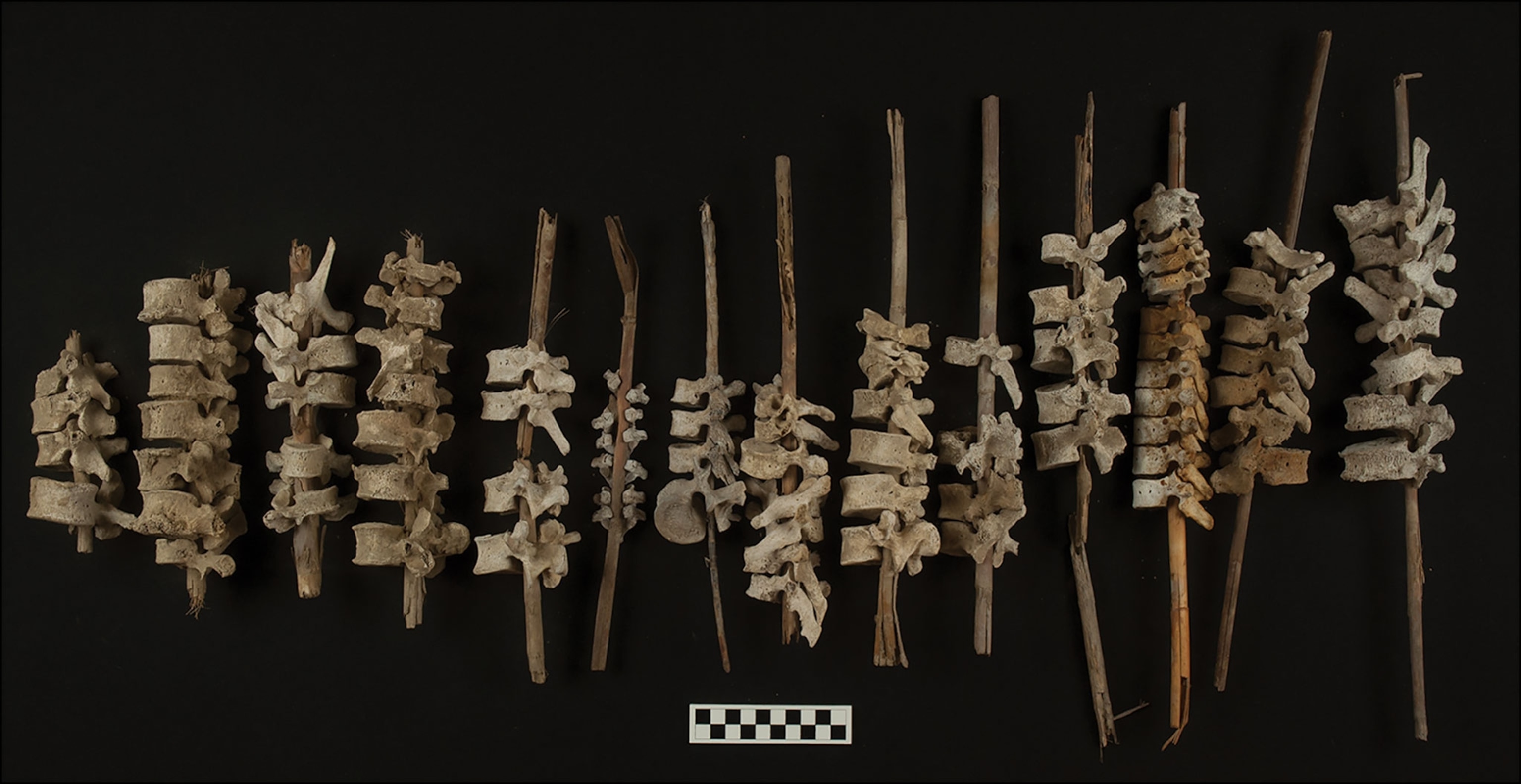
Archaeologists seek out mystery behind 500-year-old 'spines on sticks'
A new study of threaded vertebrae from Peru reveal they were memorials to the horrors of European colonization witnessed by Indigenous communities.
The first systematic analysis of nearly 200 enigmatic artifacts from a Peruvian valley reveal they were likely created as a way to reconstruct community burials that were looted during Spanish rule some 500 years ago.
The research, published today in the journal Antiquity, focuses on human vertebrae threaded on sticks, hundreds of which have been found near and inside elaborate tombs known as chullpas in Peru’s Chincha valley, about 120 miles south of Lima. This coastal region was once the heartland of the Chincha Kingdom, which ruled from about A.D. 900 until it became part of the Inca Empire in about 1480.
Local farmers have long known of the threaded vertebrae and recognized them as ancient objects, according to archaeologist Jacob Bongers at the University of East Anglia in the United Kingdom, who is the lead author on the study. But they only came to scientific attention about 10 years ago when Bongers was working in the region as a doctoral student at the University of California Los Angeles.
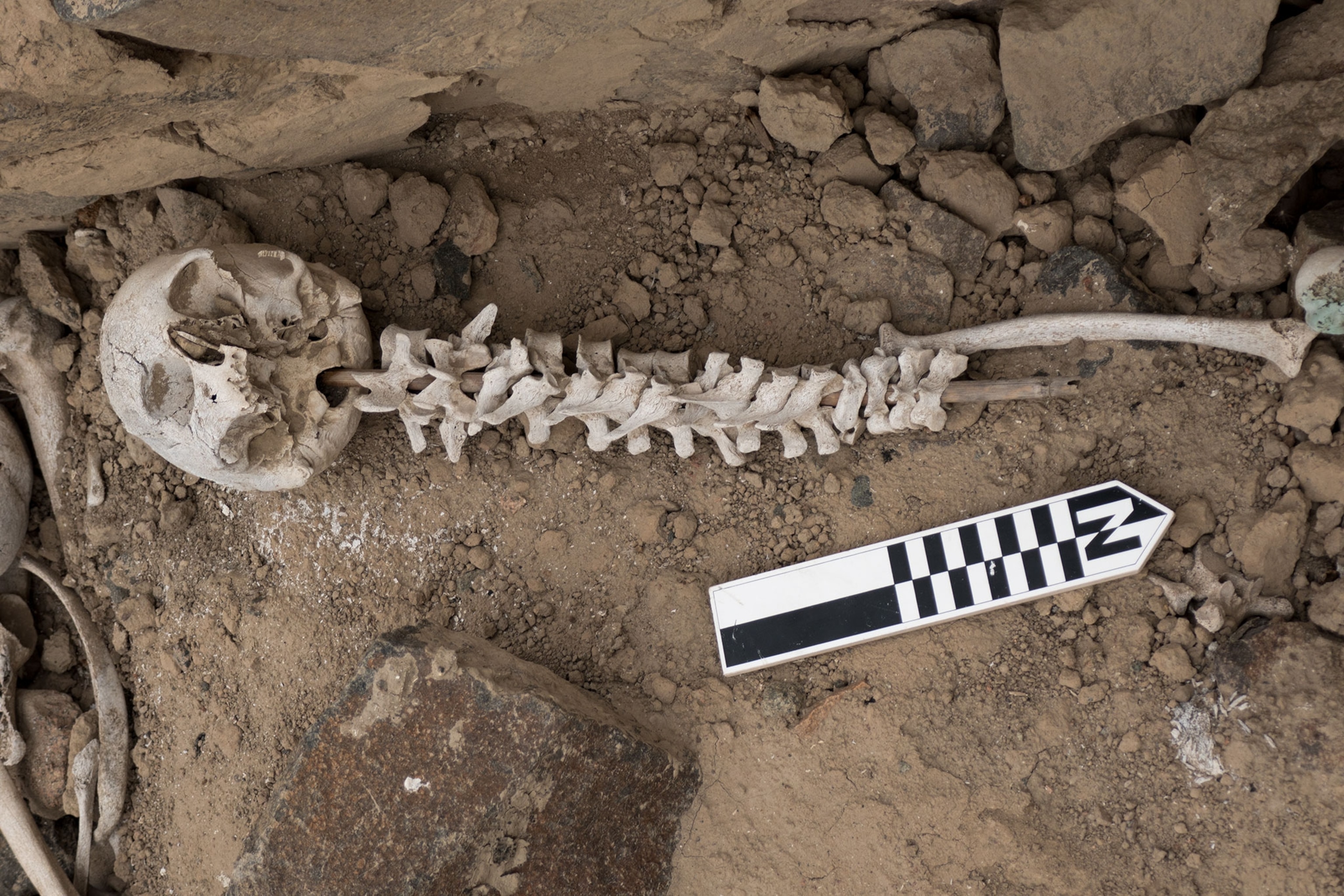
Working with colleagues from the Unites States and Colombia, Bongers analyzed 192 sets of vertebrae, each typically consisting of four to ten bones threaded onto a straight stick. (One stick held 16 vertebrae, and one exceptional set of vertebrae was capped by a skull.)
A careful visual analysis of the objects showed that in one case the vertebrae of two people—an adult and a juvenile—had been threaded onto the same stick, possibly by accident. But Bongers thinks most were an attempt to restore the spine of a distinct individual.
Where possible, the researchers estimated the age of each person by examining the growth of the bones and whether the lower vertebrae had fused together. They found most were adults, but about a sixth of them were juveniles, defined as people under the age of 20.
Radiocarbon dates show the vertebrae are from people buried in the early 1500s—around the time of the arrival of the Spanish in the region in the mid-1530s—but that they were threaded onto the sticks about 40 years later. That indicates the practice was conducted long after the individuals were buried, likely after their remains were skeletonized.
“It speaks to a long-term engagement with the dead,” Bongers said. “They’re trying to reconstruct their dead; they’re picking up the pieces of their dead, and trying to put them back together.”
Some of the objects were found on or near the surface, possibly where they had been placed as grave markers. But many had been reburied within chullpas and some were bundled in textiles, which was a common Andean burial practice.
Bongers said the spines-on-sticks—he calls them “posts” because they may have originally been placed upright—have been found only in the Chincha valley, but at locations miles apart that would have been used by different communities.
“These are found in multiple mortuary sites, so presumably multiple groups are interacting,” he said. “And they’re deeming this an appropriate response to what we think was looting.”
Bodily integrity of the dead was important in the ancestral worship practiced by many Andeans, Bongers notes, including the nearby Chinchorro people who developed methods of mummification.
But that integrity was often disrupted by looters who scattered the bones from a grave, requiring the “repairing” the skeletons of ancestors by collecting their vertebrae and restoring their spines, he theorizes.
Replacing beliefs
Spanish records relate that the looting and destruction of indigenous cemeteries was widespread after conquistadors arrived in the former Inca lands. Under colonial direction, thousands of graves were plundered for artifacts of silver and gold, and the destruction went hand-in-hand with colonial efforts to replace indigenous beliefs with Roman Catholicism, says National Geographic Explorer Gabriel Prieto, an archaeologist at the University of Florida.
The time period was so turbulent on all levels—economic, cultural, and spiritual—that all native groups in the region “became very creative in trying to keep their traditions, especially for worshiping their ancestors,” he says.
Prieto was not involved in the latest study but he agrees with most of its interpretations. Where he differs, however, is while the study suggests the vertebrae were threaded onto reeds from the genus Phragmites, Prieto—who grew up in Peru—thinks the photographs in the study show they were strong canes from the species Gynerium sagitatum, which were widely used throughout the region.
“These were perhaps the first plants used in the Americas for roofs, to build walls, for boats, for fishing, even for clothes,” he says. “So it’s nice to learn of evidence for a new way of using these canes, from a time when the Andeans were under all these political pressures.”
University of Chicago bioarchaeologist Nené Lozada, who was not involved in study, said it opens new perspectives into Andean beliefs about bodily integrity. “The intentional reconstruction of the vertebral column… represented yet another way in which the pre-colonial body incorporated concepts of personhood, identity, and resistance,” she writes in an email.
Tiffiny Tung, a bioarchaeologist at Vanderbilt University who was also not involved, says the artifacts indicate the extent that the Spanish conquest disrupted the lives of people in the region.
“This work is reminding us of the horrors of what indigenous communities experienced at the hands of the European colonialists,” she notes. “It reflects the native people’s attempts to cope, and to resist these traumatic transformations to their way of life.”


